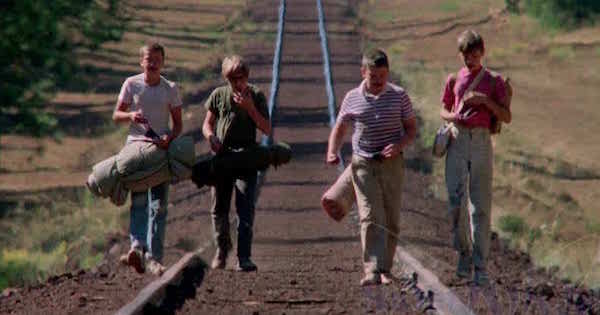Stop Writing and start Editing
How do top silicon valley PM's lead massive projects?
They don’t do it by themselves. They don’t work longer hours or ‘hustle more.’ They delegate work to others and review it regularly.
They are editors, not writers.
You can do the same.
Editors start with the outcome. They identify the decision(s) needed and the artifacts (e.g. a pitch deck, a strategy doc, or a plan) to get there. This allows them to work backwards and identify all of the pieces needed to get to that desired end state.
Editors break artifacts down into chunks. They create an outline for each artifact and break it into mutually exclusive pieces that can be worked on independently. This allows the work to be parallelized by multiple people.
Editors make someone accountable for every piece. They identify the person who is best suited to complete each piece of work. They write that person’s name next to a section and ask them to own it. We’ll call these people the writers. This allows the editor to fully delegate large chunks of the project. The editor should only write pieces they are uniquely suited for.
Editors lay out milestones. They identify a reasonable (but aggressive) set of timelines and deliverables to complete the work. They propose these timelines and let writers push back. This creates a predictable schedule.
Editors review work on a regular cadence. They set a schedule (typically weekly) to go over all work leading up to a milestone. This ensures that work is on track and prevents a ‘grand reveal’ just before a milestone.
Editors hold writers to high standards. They ask questions and critique until the work is as good as their own. Ideally it’s even better.
“Good editors are not ‘permissive’; they do not let their colleagues do ‘their thing’; they make sure that everybody does the ‘[product’s] thing.’” -Peter Drucker
Editors take over writing if the work isn’t converging. They monitor progress and give feedback if projects are behind. They will take control if work isn’t coming in on time or at quality. They only do this as a last resort (as it jeopardizes autonomy/trust).
Editors stay high level. They constantly remind writers of goals and problems. This allows writers to go deep into the details but ensures someone has the big picture in their head.

Bonus addition: There’s one additional mode that I employ from time to time. I’ll call it ‘the janitor.’ The janitor plugs every hole on a team, from taking notes to pulling SQL queries to QA’ing releases. This mode is useful when you have an understaffed team or want to deeply understand a problem space.
Have you successfully transitioned from writer to editor? I'd love to hear more: @bdickason
Special thanks to Kashi for introducing me to Writer vs. Editor.
Get my newsletter. It features simple improvements you can make to improve your day-to-day PM life. From Product Vision/Strategy to Goals and Metrics to Roadmaps and everything in between.
Post last updated: Feb 4, 2021
Posts
-
Take a break May 7, 2021
-
Make it cheap to fail Apr 30, 2021
-
Scarcity = Value Apr 23, 2021
-
Tools are a distraction Apr 16, 2021
-
Strength-Based Teams Apr 9, 2021
-
Small teams win Apr 2, 2021
-
Don't set vision, set direction. Mar 19, 2021
-
Do one thing well Mar 12, 2021
-
Take charge of your promotion Mar 5, 2021
-
Speed is the killer feature Feb 25, 2021
-
How to manage your manager Feb 19, 2021
-
Social thinkers vs. Solo thinkers Feb 11, 2021
-
Stop Writing and start Editing Feb 4, 2021
-
How to make time for strategic thinking Jan 28, 2021
-
How to ship hardware and software Jan 21, 2021
-
Use your damn product Jan 15, 2021
-
The 5 best Product books and posts Jan 8, 2021
-
Gather great feedback from your power users Jan 4, 2021
-
How to spend more time doing work you love Dec 27, 2020
-
Stop wasting time on strategy decks Dec 21, 2020
-
Less chat more writing Dec 2, 2020
-
How to lead strategic discussions Nov 19, 2020